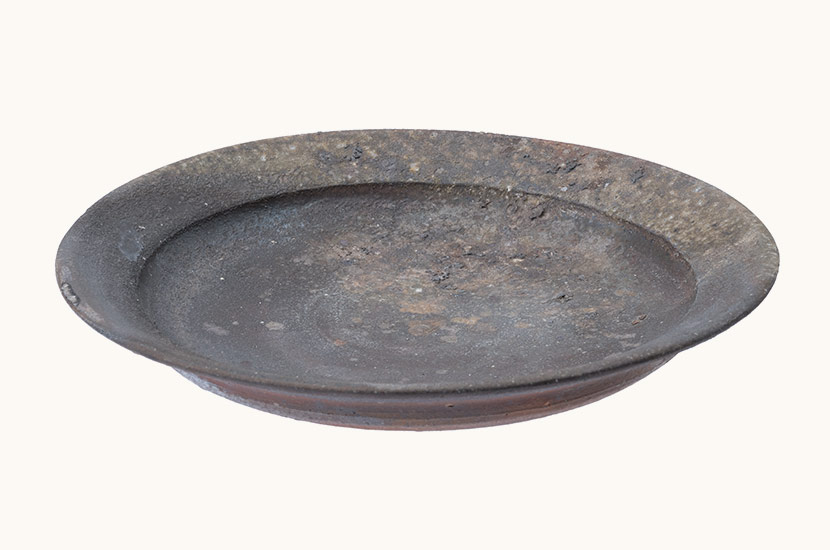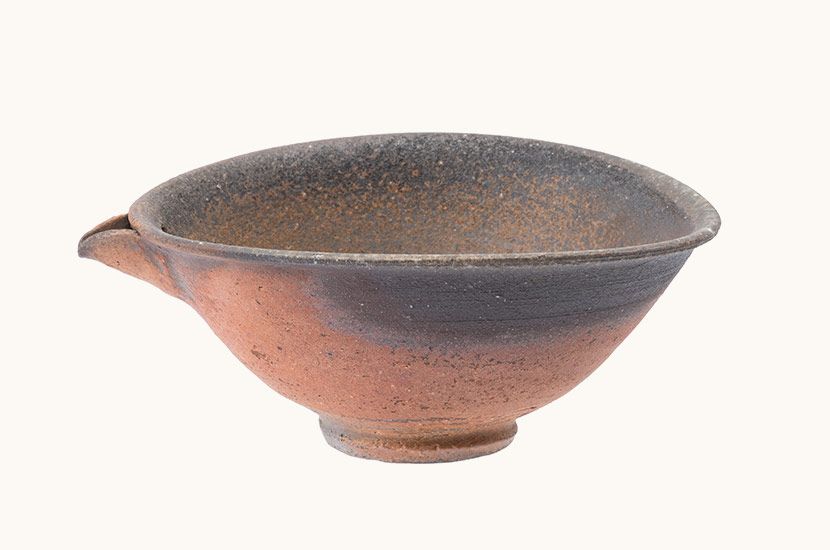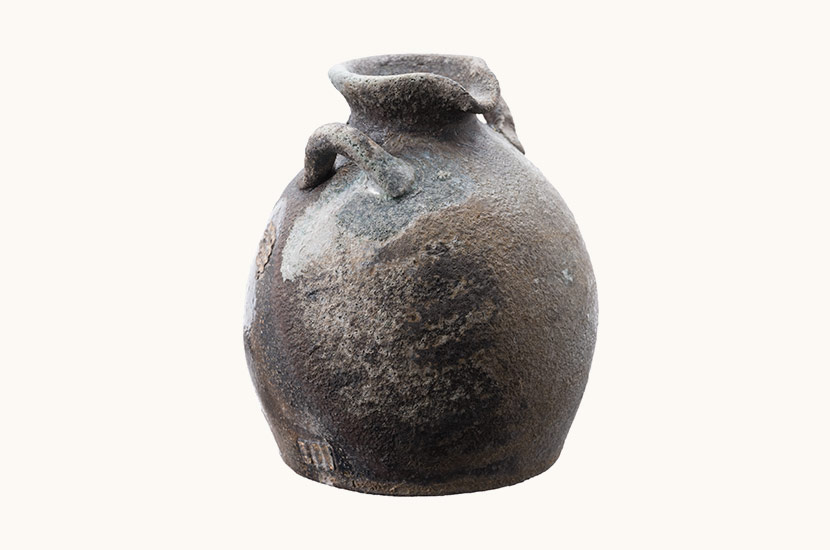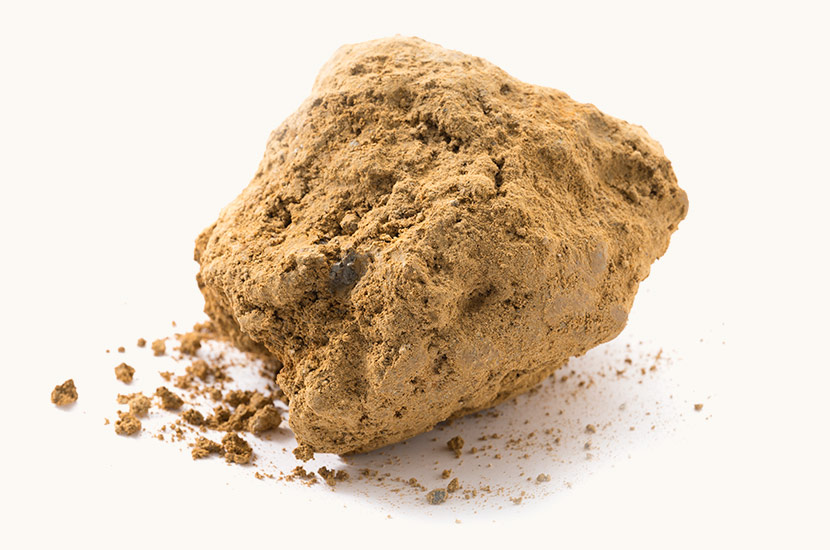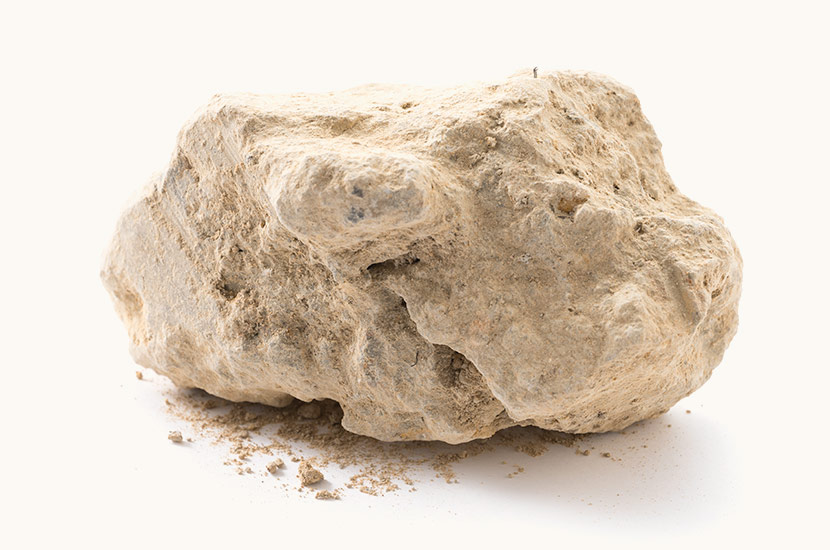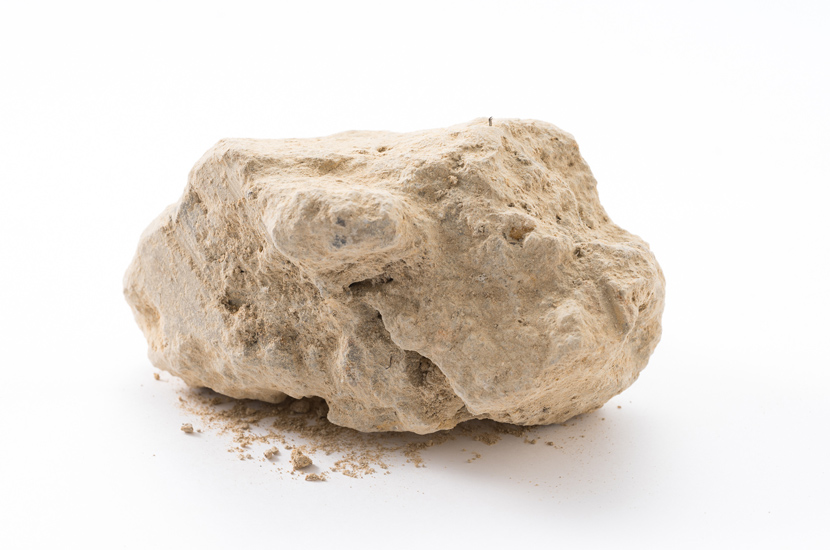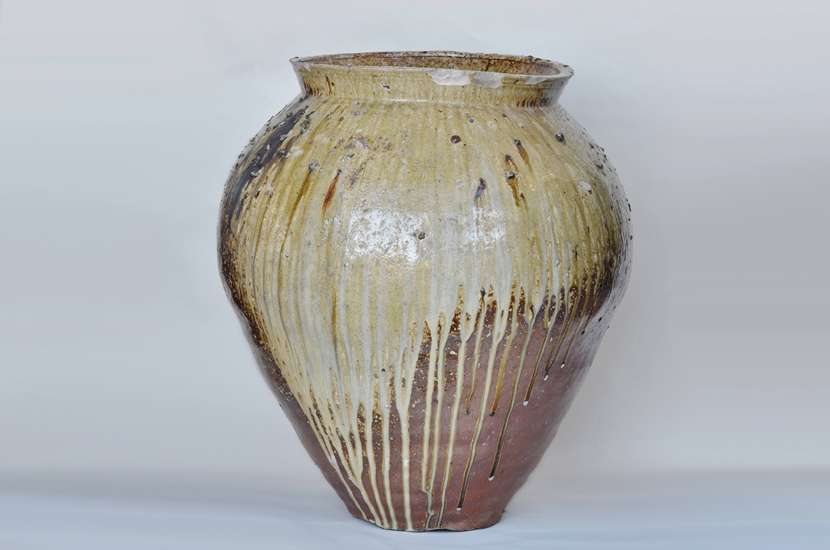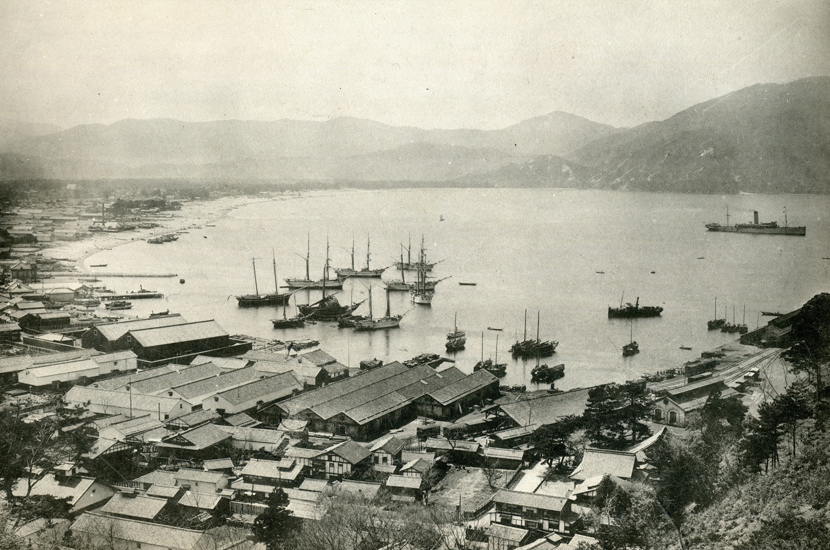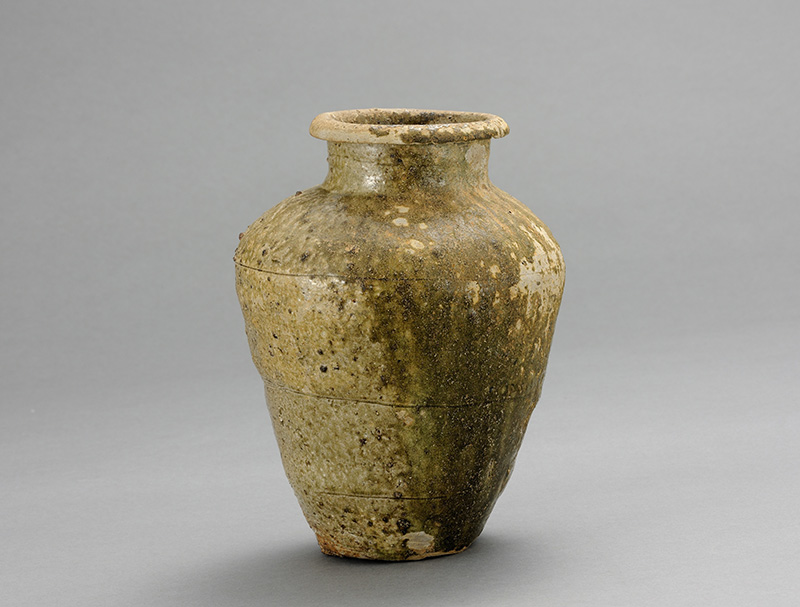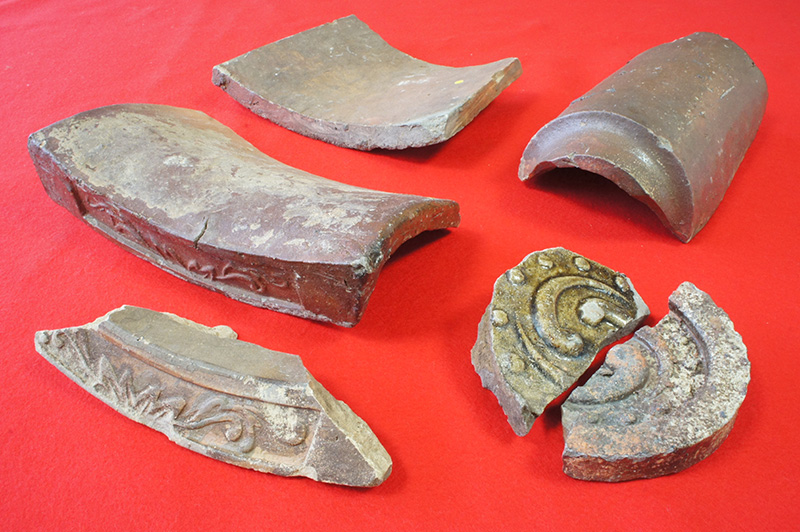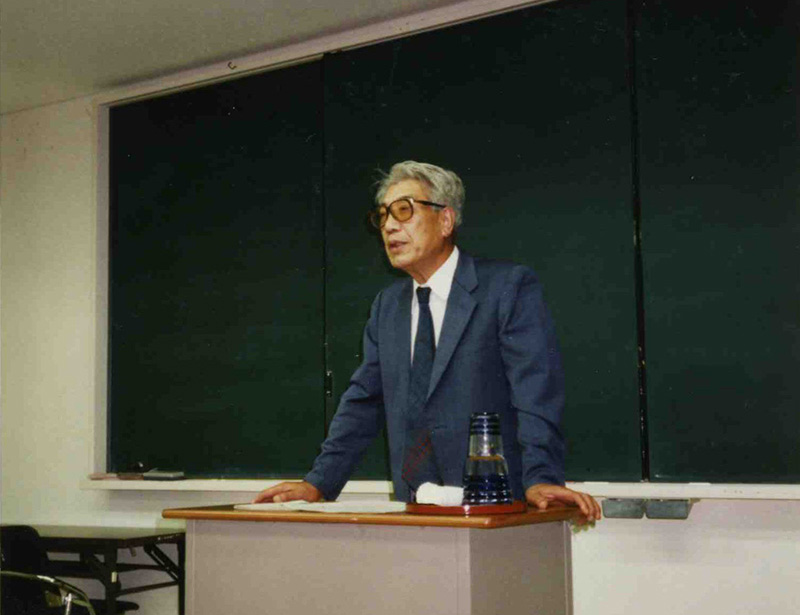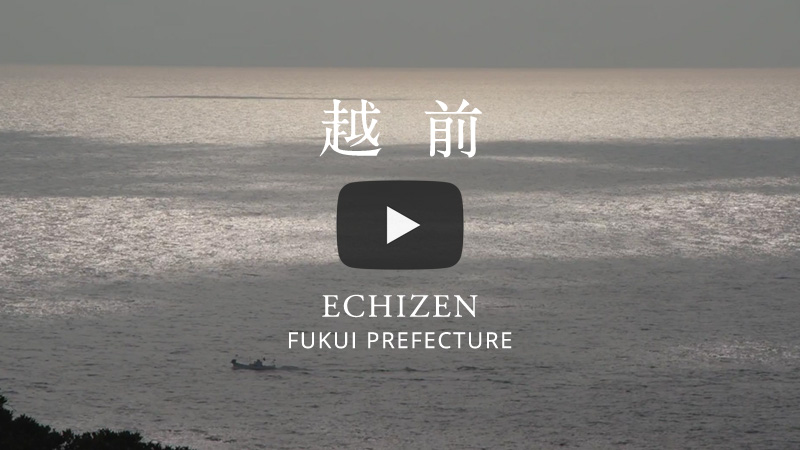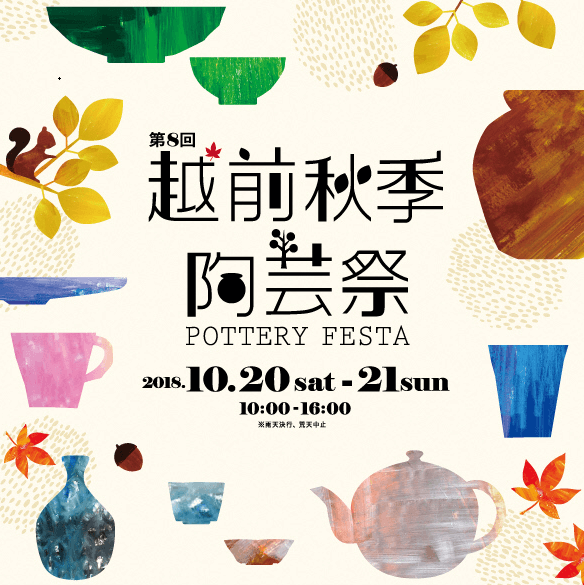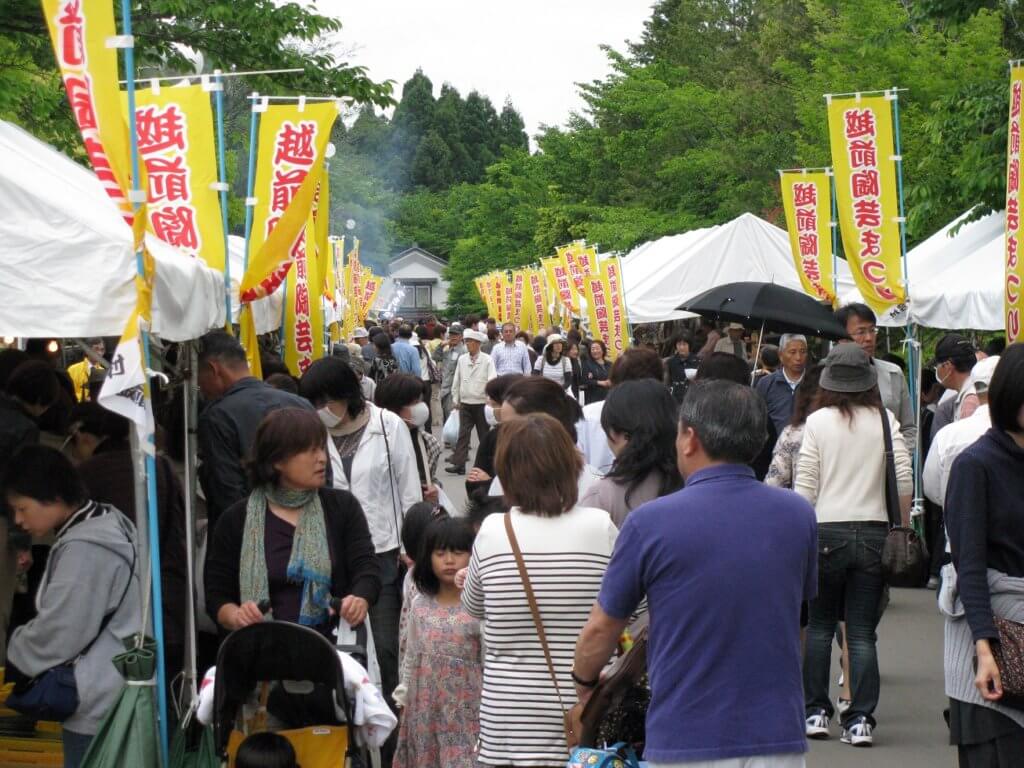Nara period
As the place for the largest production of Sueki
The Nara period (Nara period:710-794) marks the period when full-scale Sueki production began in Echizen town, and this continued until the early Heian period (Heian period:794-1185). Approximately 60 kiln sites have been confirmed so far, and Sueki produced at the Nyu kiln site was distributed across Echizen. There is no direct official genealogy between Sueki and Echizen ware, but it is important to know this site in order to understand the history of craft production within the area. The “Shimeitani Sueki Kiln” site in Ozowara, Echizen town, which was built in the 10th century and has subsequently been designated as cultural property by the Fukui prefecture, underwent conservation after its excavation and can be visited.
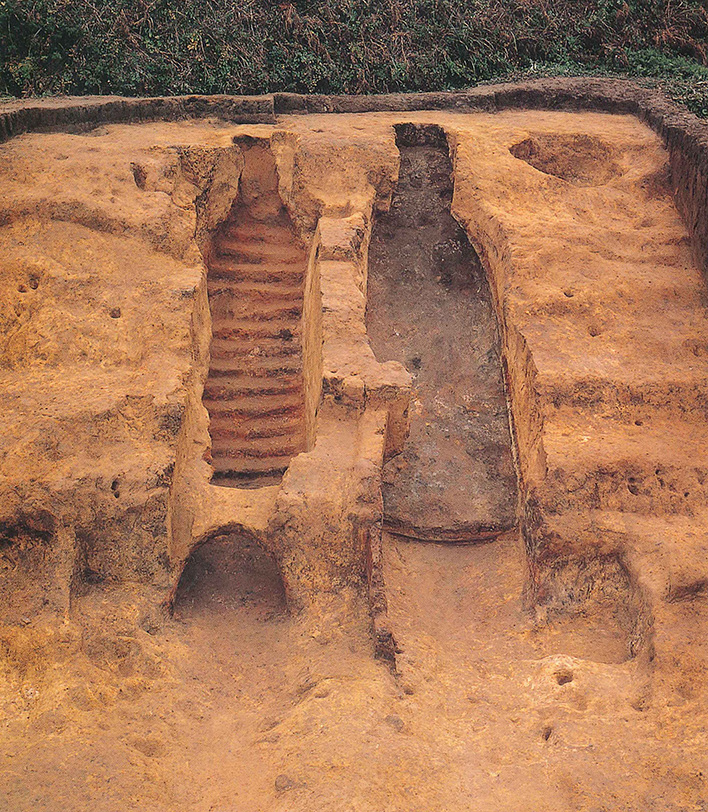 Kogasu Kiln Site
Kogasu Kiln Site
Ota Historical Material Museum Permanent Exhibition Catalog p.22
Image credit: Echizen-cho Oda Bunka Rekishikan











